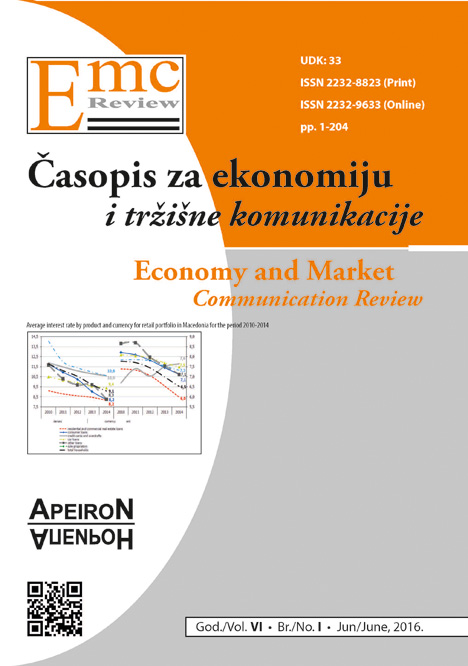NEKI TEHNIČKO-EKONOMSKI ASPEKTI PRUGA ZA VELIKE BRZINE / SOME TECHNICAL-ECONOMIC ASPECTS OF HIGH RAILWAY SPEED
DOI:
https://doi.org/10.7251/EMC16109DAbstract
Many countries investment and building high speed rail (HSR) infrastructure becouse produces social benefits and costs. The potential benefits are basically time savings, higher reliability, comfort, safety and the release of capacity in the conventional rail network, enviromental roads and airport infrastructure. The costs are high, and sunk in a significant proportion; therefore, the social profitability of the project requires that HSR users’ and other beneficiaries’ willingness to pay is high enough to compensate the sunk and variable costs of maintaining and operating the line plus any other external cost during construction and project life.
Problem for our country, is number of passengers to justify a new high speed line. It is very variable, ranging from 3 millions to 17 millions in the first year of operation under possible assumptions examined, but typically even under favourable conditions at least 9 millions passengers per annum will be needed. The economic evaluation of long-lived infrastructure requires a careful construction of the contrafactual and there are many assumptions that might seriously bias the results. This is the case of transport pricing during the lifespan of the project. Pricing policy needs to be explicitly treated.
